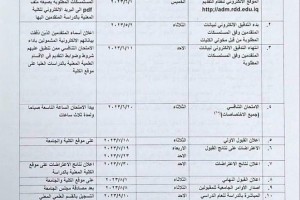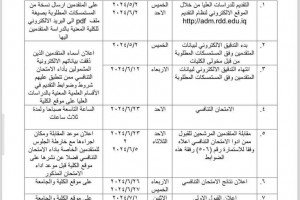
A scientific study was conducted at the University of Basrah by lecturer Muhannad Hamid Abboud and researcher Adyan mezban, which was published in the journal Advances in Science, Technology and Innovation at Springer Nature Publishing House. The research included studying the sedimentary and reservoir characteristics of the Saadi formation in southern Iraq, where the permeability of the formation was from low to medium. The Saadi formation is divided into two parts, the upper is the Cretaceous limestone and the lower is the limestone. In addition, the lower part is divided into three HUAO units B and C relative to the well sensors. The petrophysical specifications showed a relationship with the magmatic distribution of the formation based on the Winland R35 method, where four types of pore eruptive zone were diagnosed, namely nonporeso microporeso misopores and macropores.






